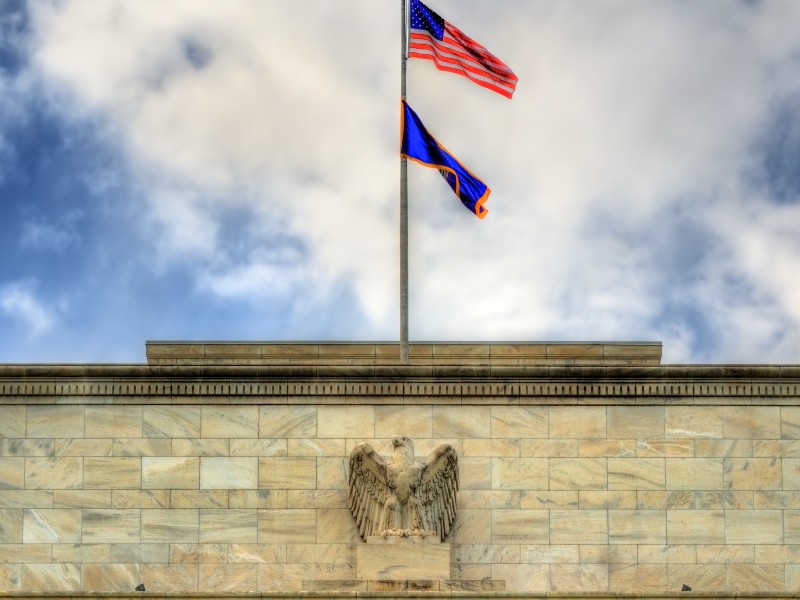

The U.S. Federal Reserve is launching a high-risk effort to tame inflation, raising its benchmark short-term interest rate and signaling up to seven rate hikes.
The central bank raised its key rate by a quarter-point hike, which it had pinned near zero since March 2020. In early March 2022, the Bank of Canada announced it would raise its overnight rate to 0.5 per cent.
The central bank’s policymakers expect inflation to remain elevated, ending 2022 at 4.3 per cent, according to updated quarterly projections, far above its two per cent annual target. The officials also now forecast much slower economic growth this year, at 2.8 per cent, down from its four per cent estimate in December.
Read: Bank of Canada raises interest rate to 0.5%, warns of volatility
In December, officials expected to raise rates just three times this year. Now, its projected seven hikes would raise its short-term rate to between 1.75 per cent and two per cent at the end of 2022. It could increase rates by a half-point at future meetings.
In a press release, the Federal Reserve noted Russia’s invasion of Ukraine and the ensuing sanctions put in place by various Western governments are likely to create additional upward pressure on inflation and weigh on economic activity.’
Officials also forecast four additional hikes in 2023, which would boost its benchmark rate to 2.8 per cent. That would be the highest level since March 2008. The move would raise borrowing costs for mortgage loans, credit cards and auto loans.
Read: Bank of Canada keeps key interest rate target on hold, but warns of looming hikes
